Mainstream society teaches us that beautiful teeth consist of straight, white teeth, but that has not and still is not the norm everywhere. In Japan, women actually used to dye their teeth black as that was what was viewed as beautiful, and even still is to a certain extent.
Ohaguro is the practice of blackening the teeth that is not necessarily unique to Japanese culture but was commonplace amongst Japanese women as a symbol of beauty. Ohaguro is still practiced today, but not as often as it once was.
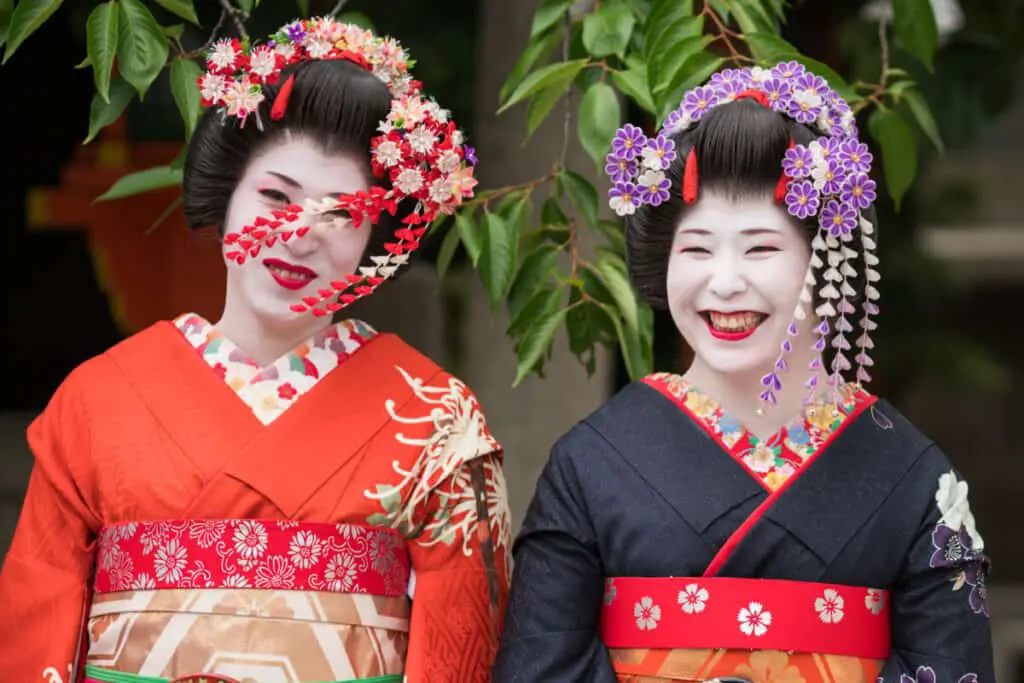
The History Of Ohaguro
Ohaguro was commonplace in Japan for centuries. For example, there are traces of discussions regarding blackened teeth in a 12th century novel by Genji Monogatari.
While it’s not known exactly when ohaguro originated, some artifacts discovered in Japan from as early as the 200s have shown blackened teeth.
Part of what brought rise to the practice of ohaguro is the beauty assigned to pure black objects. Objects that were completely black were revered and sought after.
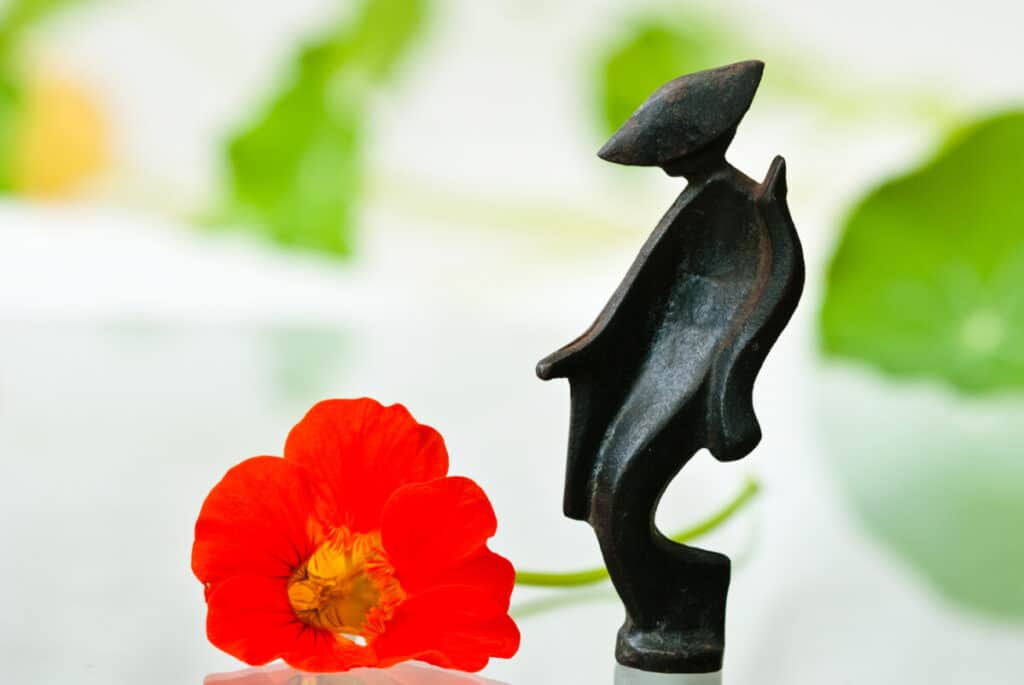
As can be seen throughout history, when something is considered beautiful, many people will strive to incorporate that symbol of beauty in their own lives or in their own appearance.
The Ohaguro Process
When ohaguro was first being practiced in Japan, the process of blackening the teeth was done with a solution known as kanemizu. Kanemizu is the combination of vinegar, ferric acetate, and tannin (from tea or vegetables).
This mixture would then be spread along the teeth to create the appearance of blackened teeth.
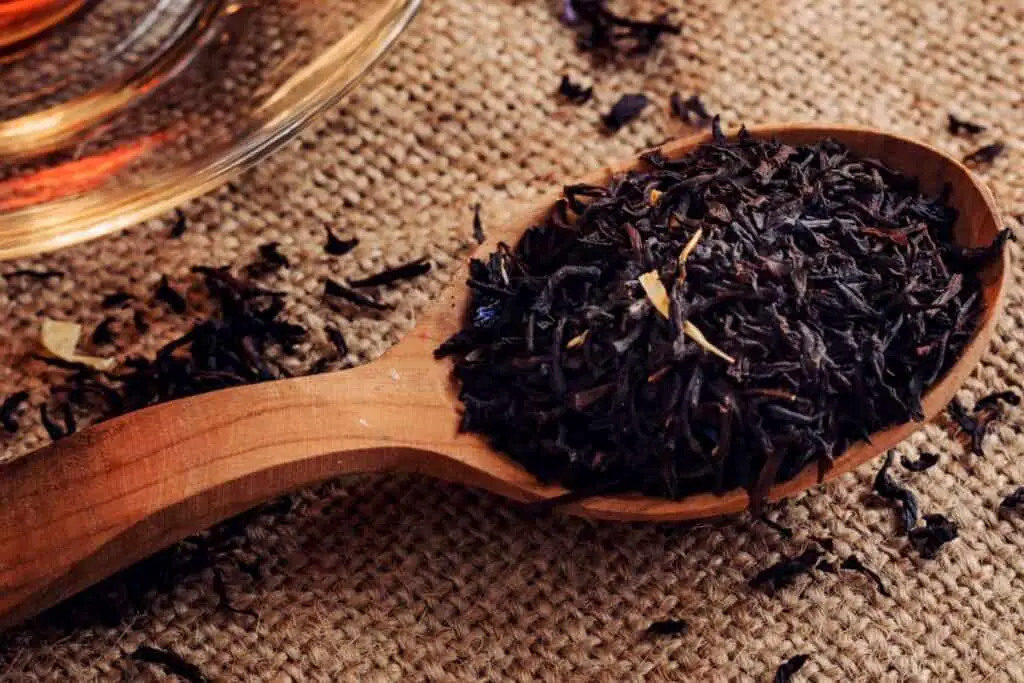
Is Ohaguro Permanent?
The materials used in ohaguro don’t seem to have changed throughout the years. It has been widely reported that this formula had a very bad odor.
Thankfully, this dye was not permanent and was fairly easy to clean off. It also didn’t last very long.
The Practical Purpose Of Ohaguro
Apart from being a symbol of beauty, ohaguro was also practiced for practical reasons. The substances used to blacken teeth were used in order to help protect the integrity of the teeth, which was seen as vital around the time a person hit puberty.
This preservation technique was believed to be able to delay any sort of decay or breakdown of the teeth as a person got older. It was also supposed to help prevent cavities and cover up the appearance of naturally discolored teeth.
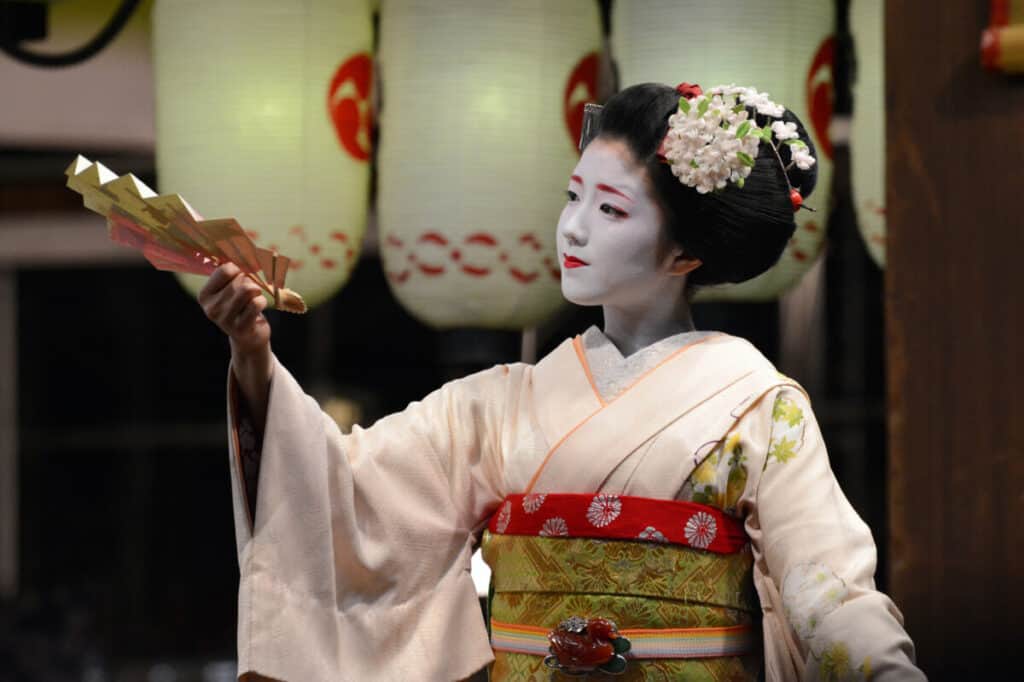
Back when ohaguro was at its peak, there were not the type of dental hygiene products that exist today. Therefore, many people lived with yellow teeth.
While this was commonplace, it was not considered desirable. As such, ohaguro could cover up the discolored teeth.
The Customs Surrounding Ohaguro
The first known purpose of practicing ohaguro was to commemorate a young child transitioning from their childhood to their adulthood.
This is where the tradition of ohaguro started, and the purpose of ohaguro originally and at this time was to celebrate a child growing up and using a physical symbol to represent that change.
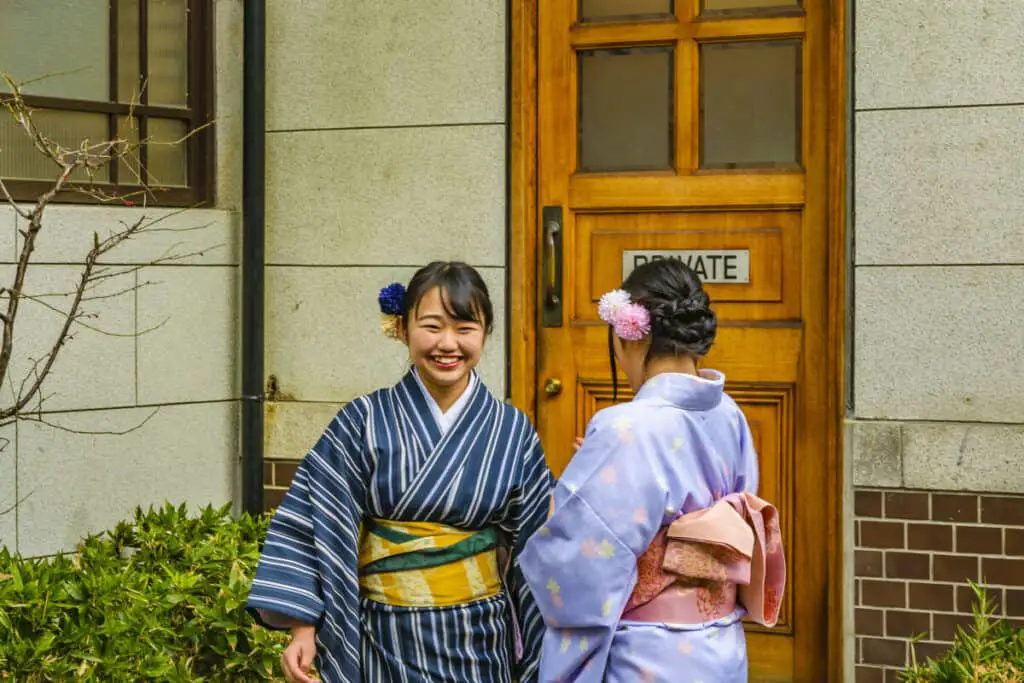
People of all genders would also practicec ohaguro, but mainly those of noble status, or people who would be considered the aristocrats of Japan at that time.
This would have been in the Heian period, which was between the years 794 to 1185. People from the Imperial Family, clan members, and samurai all engaged in ohaguro.
Past the Heian period, the Edo period saw many prominent women in society or wealthy women practicing ohaguro. However, the most well-known patrons of ohaguro would have to have been geisha.
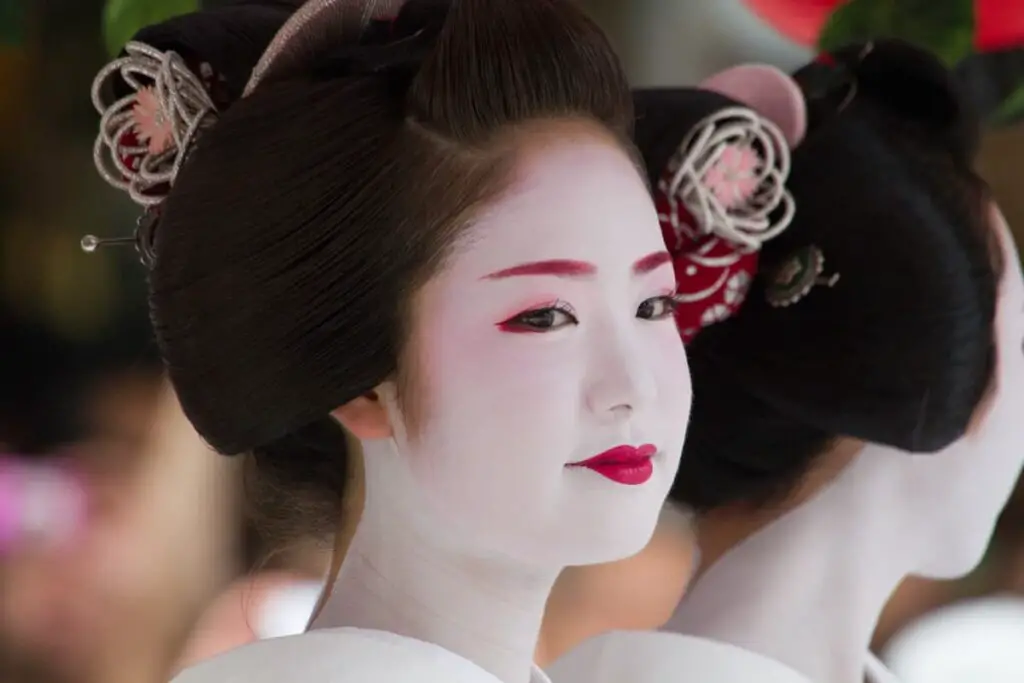
In the Muromachi period, the custom of ohaguro was done to represent a child growing up, but was also done amongst military families when their daughters grew older and were candidates for marriage.
It has also been said that military members blackened their teeth and painted their faces when on the battlefield.
Due to how often people of wealth and high status practiced ohaguro throughout the years in Japan, blackened teeth would often be revered as something that people who were of high status engaged in.
Geisha And Ohaguro
In terms of who you might stumble upon in Japan still practicing ohaguro today, it would most likely be geisha or maiko, who are geisha in training.
This makes sense, as geisha have been considered to be some of the most beautiful women in Japan for centuries.
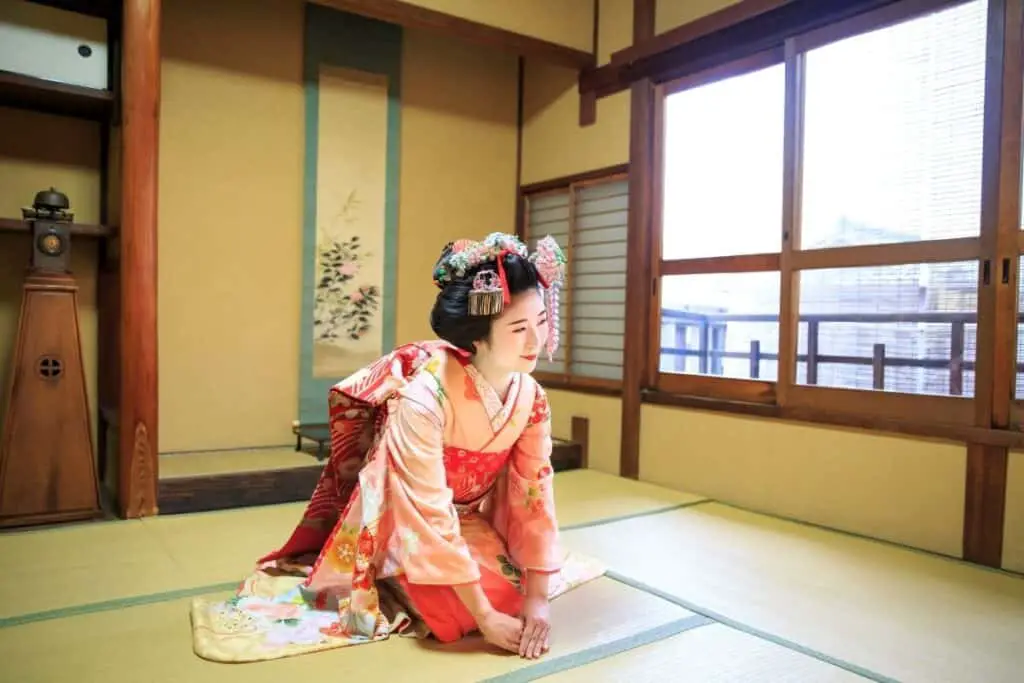
The art of being a geisha is not as widely practiced in Japan as it once was, but geisha still do exist. Geisha are trained in some very important Japanese customs, including traditional tea ceremonies, traditional Japanese dance, and entertaining.
They are not sex workers, though some sex workers did also practice ohaguro when it was still popular.
Why Ohaguro Practices Started To Dwindle
Part of why it is believed that ohaguro started to dwindle in Japan was the influx of people from other parts of the world moving to Japan, mainly from European or Western countries.
Ohaguro was seen as peculiar by these societies, and it was hard for these people to understand why others would choose to make their teeth appear black.
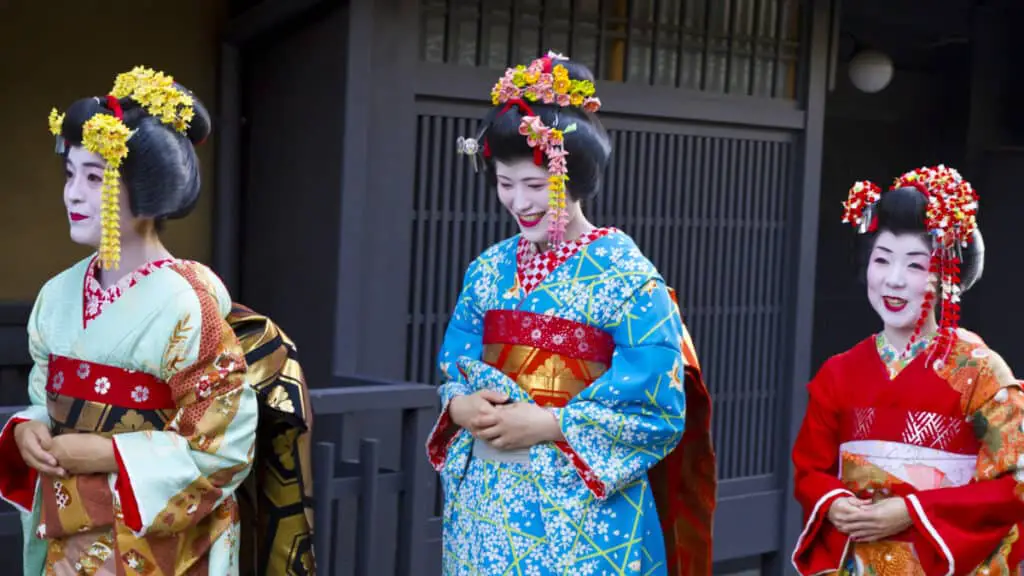
It was even believed by some at one point that ohaguro was not actually intentional, but in fact was the cause of Japanese people not taking care of their teeth, leading to extreme cases of teeth rot.
However, ohaguro isn’t widely practiced in Japan anymore for a much more practical reason. The Meiji government of Japan actually made it unlawful to practice ohaguro in the late 1800s.
This caused the practice to fade, and it never regained its previous popularity.
Some Myths About Ohaguro
One problematic theory about ohaguro was that it was a form of intentional disfiguration. This comes from a sense of ignorance regarding the belief that there is only one standard of beauty that the world is expected to follow.
Another theory that was not based on truth but still circulated about ohaguro is that it was a manner in which Japanese women were forced or convinced to practice ohaguro to make them less desirable to other men. This theory was targeted towards married Japanese women.
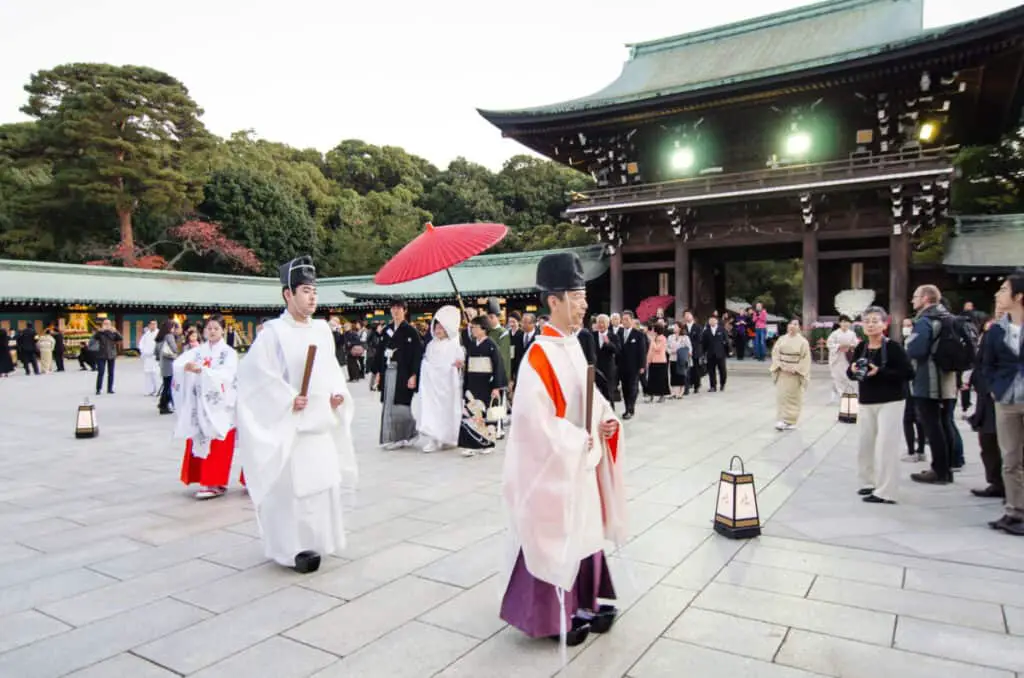
There is also a story that grew during the Meiji period surrounding a woman whose blood was spread over an electrical line, startling the other women in the area.
Being that these women were so terrified that they were going to be harmed next, they chose to do ohaguro to trick people into believing they were married.
Since this young woman who was killed was a virgin, and virgins are often used in sacrifices, it made sense why these women would have chosen to do this. However, it’s not known whether or not this story is based on any truth.
Ohaguro Bettari
There is actually some interesting paranormal myths surrounding black teeth in Japan, known as Ohaguro Bettari. This is a Japanese demon, or yokai.
The story goes that this demon will appear at night, typically near some sacred space such as a temple or a shrine. She will be dressed in a kimono, and from far away, she will appear to be a regular, beautiful woman.
However, if you try to approach her, or get too close to her, she will reveal her true form. This form has sharp, black teeth, a very large mouth, and no eyes. She is said to be extremely terrifying.
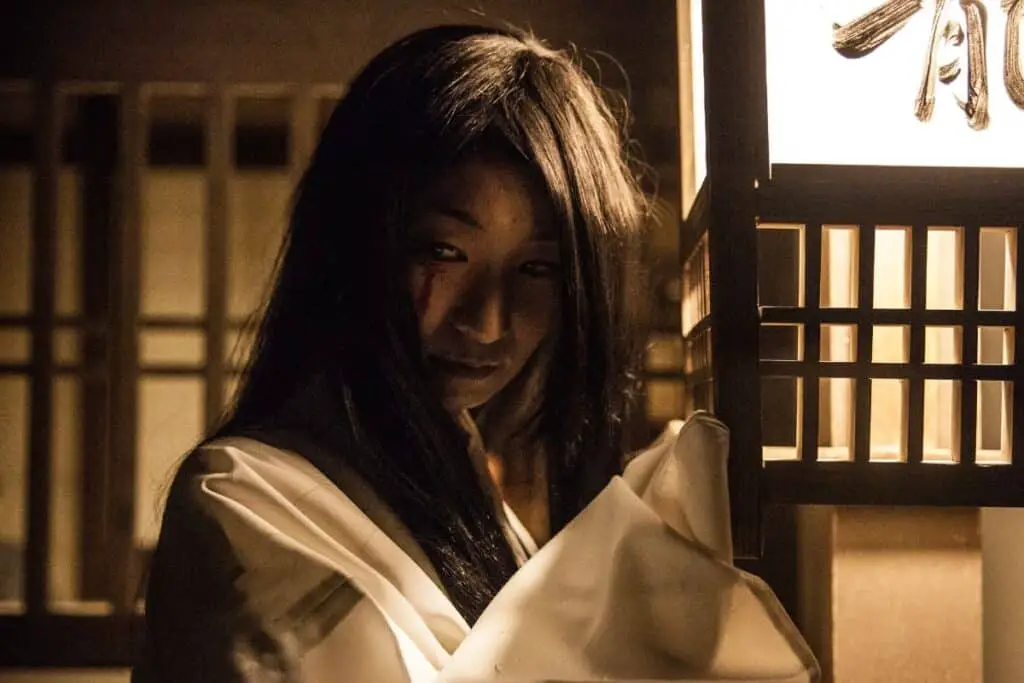
Where Else Has Ohaguro Practiced?
Outside of Japan, some other Asian countries, such as China, Thailand, and Vietnam had their own versions of ohaguro for their own reasons. These countries had different names for the practice of blackening teeth.
Furthermore, some of the reasons people dyed their teeth black in these countries were to communicate marital status, because they enjoyed the look of blackened teeth, or to show off the person’s maturity.
Is Ohaguro Still Seen Today?
It is possible to see some older Japanese women, some geisha, or some maiko still engaging in ohaguro practices today. However, they tend to save this practice for special occasions, and it is not something they will do every day.
Thus, it might be really difficult to see a woman walking down the street with ohaguro unless it’s during a Japanese festival.
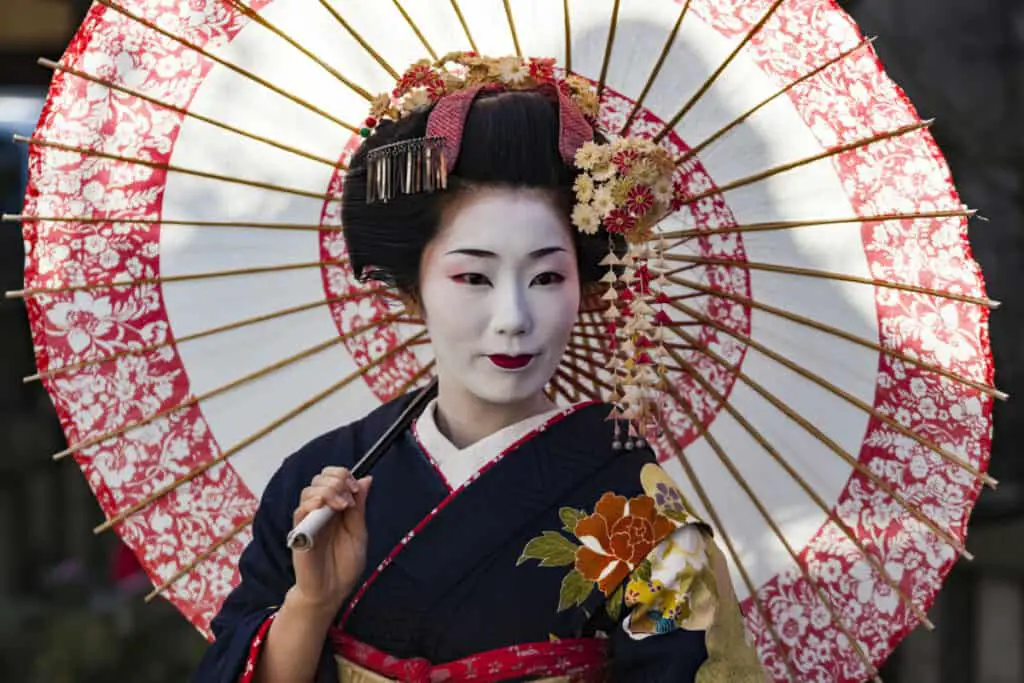
Otherwise, you might only see ohaguro in movies and in television series that might have some type of storyline surrounding Japan’s past. There are also smaller areas of other countries that still do their own versions of ohaguro today.










